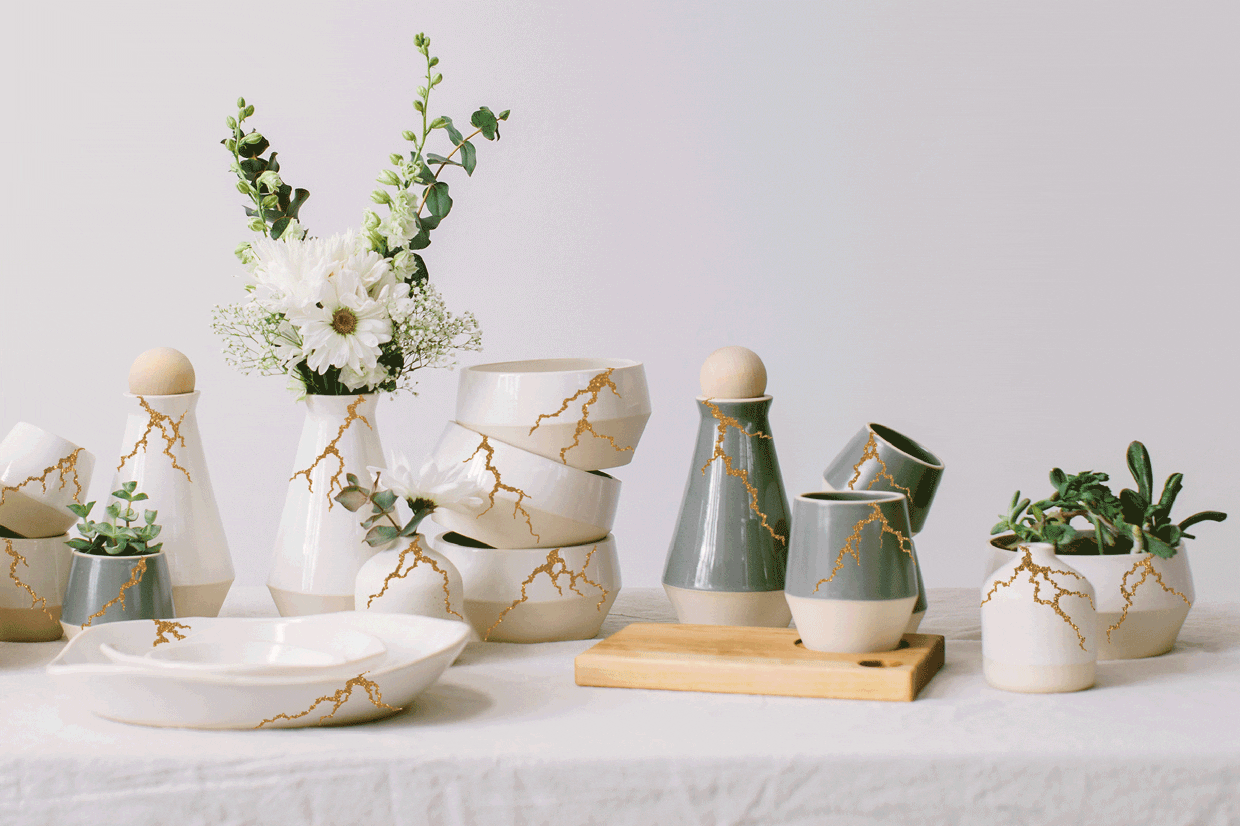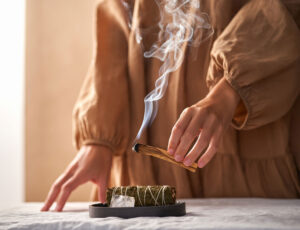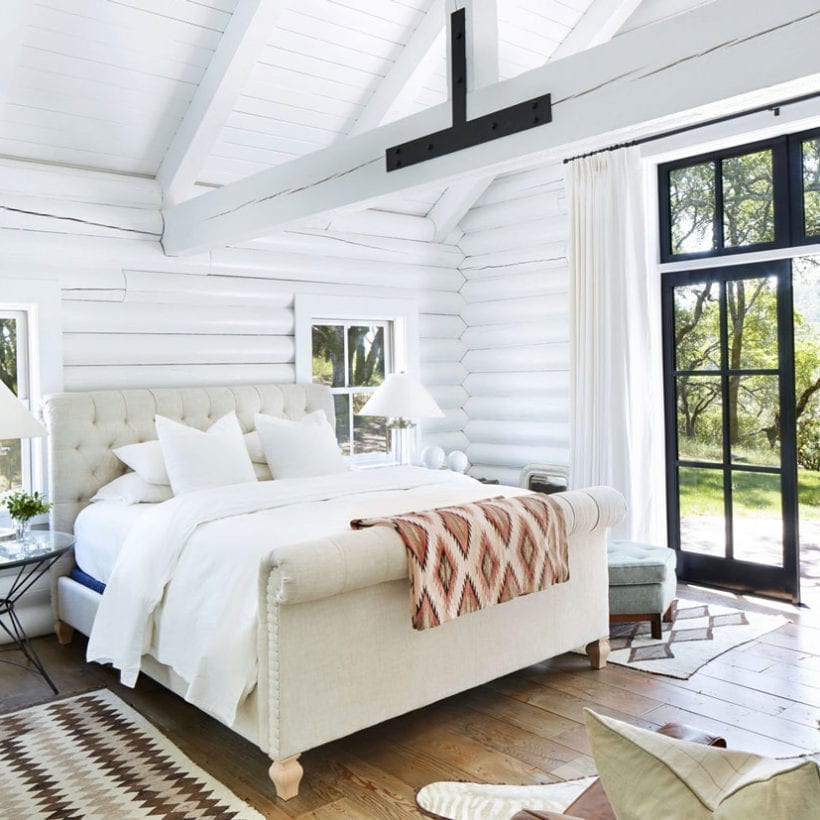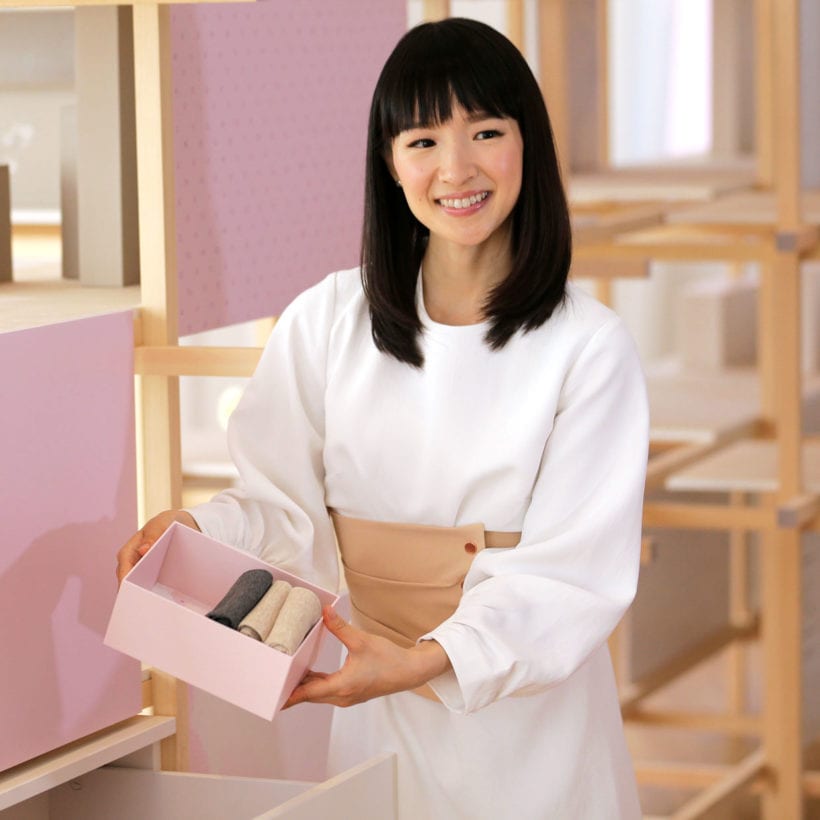You can declutter everything in your life using Marie Kondo’s KonMari method — friends, beauty drawers, closets — but you may regret giving away personal items. You can embrace a cozy lifestyle — as proven by the much-loved Danish concept hygge — but it can leave you stifling. With the two trends on an upward swing, it begs the question: What if I want something different? What if I like minimalism and imperfection, but also a life filled with soul?
It is difficult to place a word on something intangible — the feeling of comfort. Wabi-sabi, the Japanese tradition of finding beauty in the imperfect, fills this gap. “It felt like finally learning the name of an old friend — someone and something I had always felt deeply acquainted with but never knew how to articulate,” says Julie Pointer Adams, author of “Wabi-Sabi Welcome: Learning to Embrace the Imperfect and Entertain with Thoughtfulness and Ease.”
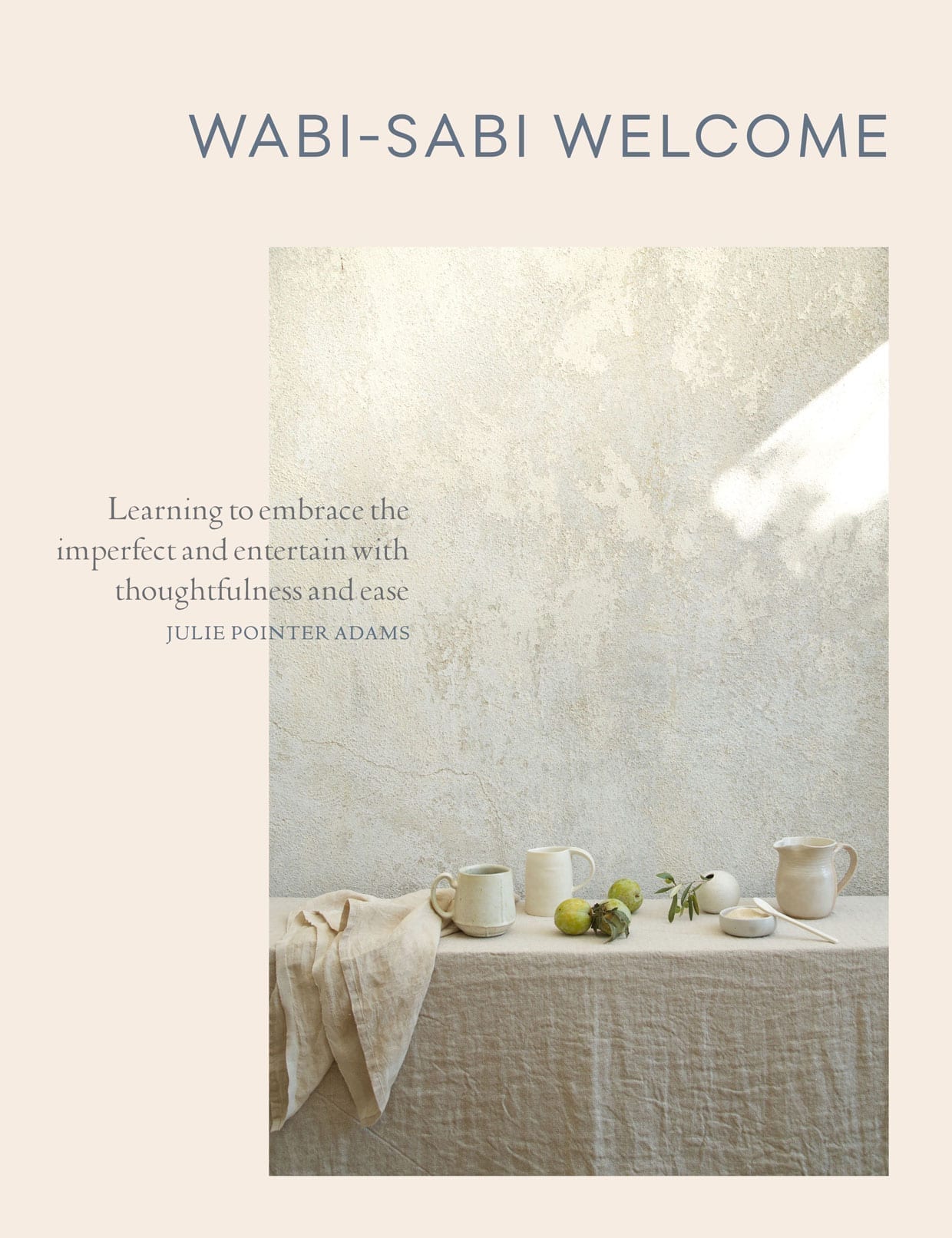
With early links to Chinese Buddhism, wabi-sabi blossomed out of the Japanese tea ceremonies in the 15th and 16th centuries. “Wabi-sabi is an elusive concept so it’s difficult to define in a few words,” Adams says. “It’s a beauty that celebrates the impermanent, imperfect and incomplete. Wabi refers to living simply and in tune with nature, to paring things down to the essentials so you can appreciate them even more; sabi, to transience and the passage of time.”
Ever prevalent in the modern world, where Instagram constantly promotes perfectionism and millennials are burning out, wabi-sabi offers the opposite. For Adams, the concept is “an antidote to all the glossy perfection.” It offers the ability to slow down and appreciate the moments in a life where we have a tendency to “be on” 24/7.
“It means living in a way that pays attention and appreciates the beauty of the mundane, minute details of everyday life,” says Adams.
It’s a beauty that celebrates the impermanent, imperfect and incomplete.
And just like The Sunday Edit encourages you to embrace positivity in your self-image, wabi-sabi can be applied to embracing the imperfections in your home — your safe space. In 2018, the Etsy Trend Guide predicted wabi-sabi as a growing trend in interior design. And the momentum has only increased.
“Interior design right now is very much dipping into the natural world for inspiration and we are bringing the beauty of nature inside,” says Homepolish designer Amy Row. “Textured terra-cotta tiles, large trees as house plants, plastered walls, raw materials used for furniture pieces like petrified wood and concrete.”
Keeping this in mind, Adams and Row have a few suggestions on how to incorporate a wabi-sabi aesthetic into your home.
Embrace Beauty and Utility
“Overlap beauty with utility — for instance, look for nice looking storage baskets, a pretty water pitcher for the table or even a beautifully designed toilet-bowl brush; it’s the little things,” Adams says.
But, wabi-sabi does not mean decorating without a keen eye to detail. “It’s easy to be convinced initially that finding wabi-sabi means looking for shabby-chic kinds of items — don’t be fooled. Instead, look for items that inherently have soul and character,” she says.
Add a personal touch
The photos you recently tossed aside? Pull them back out. “Make your home personal by incorporating items that likely only have value to you: family photographs, mementos collected on trips, art made by your children and so on,” she adds. Row agrees: “As an interior designer, it’s a relief when you can just work with what you’ve got. I really appreciate when I get to use vintage pieces that have history and many times their blemishes are just patina that truly enhances their story and texture.”
Bring the Outside in
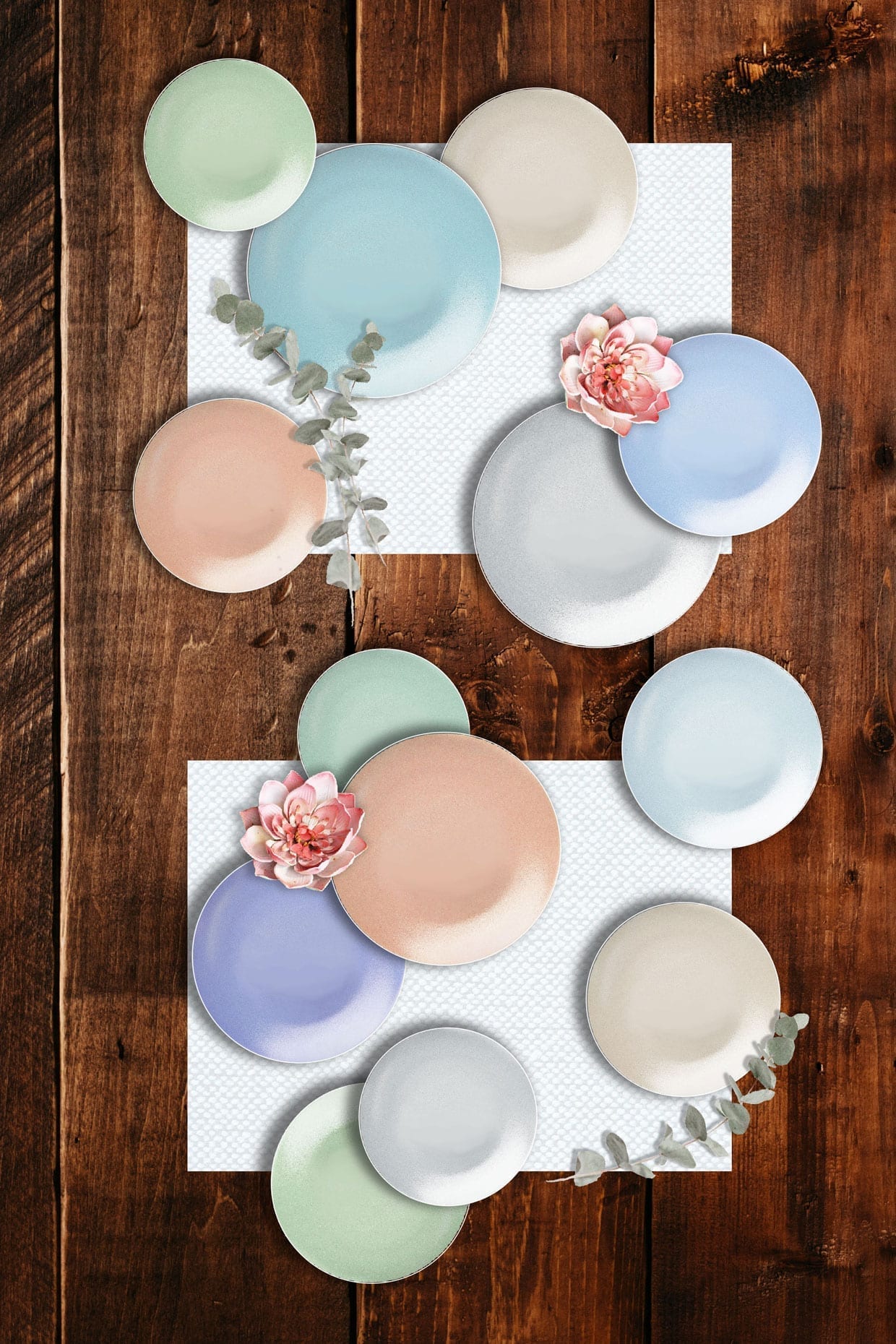
Décor is not just about local antique shop finds or a rediscovered gem that was lost in your junk drawer. “Bring the outdoors and some earthiness inside whether through a nature-inspired color palette, wildflowers plucked from the roadside, a collection of potted plants or your favorite beach-walk pebbles,” Adams adds. In fact, Pinterest trends for 2019 reported that searches for vertical gardens and cactus arrangements were trending up, 287 percent and 235 percent respectively, showing a desire to bring outside elements into the home is growing.
For Row, “nature itself is very wabi-sabi and beautifully imperfect. There may be a giant crack in your petrified wood side table but that to me is a real indication of the life it’s lived, and a moment to embrace a piece with real history and life to it.”
Make It a Reality
Looking for more specific ways to wabi-sabi your home? “Create your own custom dining table using a raw-edged stone slab directly from a stone importer. The stone slabs at stone importers are usually fabricated and cut down to the desired dimensions but the fabrication is often more expensive than the stone itself,” Row says. “Instead, embrace the raw edge of the stone as is, no fabrication necessary, all you need is a solid base — I found a concrete base at a local salvage warehouse — and the raw-edged stone can be placed directly on top.”
As for wall features, Row loves the Satori collection by Calico Wallpaper, which is inspired by Kintsugi (the traditional art of Japanese pottery repair) — she first fell in love with wabi-sabi after learning of the Satori collection. Another option? “Stack tile for a backsplash and [do] not use spacers or grout.” This will add texture and dimension, she adds.
https://www.instagram.com/p/BtTnO-GAYKi/
Do Not Lose All Your Joy
One thing is clear: Wabi-sabi is not the “KonMari method” and vice versa, even though they are both Japanese. Kondo popularized the art of decluttering. Yes, wabi-sabi has a more minimal aesthetic, but the emotion behind it sets the two apart. “While there are certainly overlapping principles between wabi-sabi and Marie Kondo’s methods, it seems to me that her approach to editing objects from the home is even more rigorous than what I might suggest as the wabi-sabi way,” says Adams. “There is very much of a ‘spark joy’ element to wabi-sabi, but I think there’s also a wider allowance for holding onto certain items that Marie might suggest tossing.”
We only recommend products we have independently researched, tested, and loved. If you purchase a product found through our links, Sunday Edit may earn an affiliate commission.
